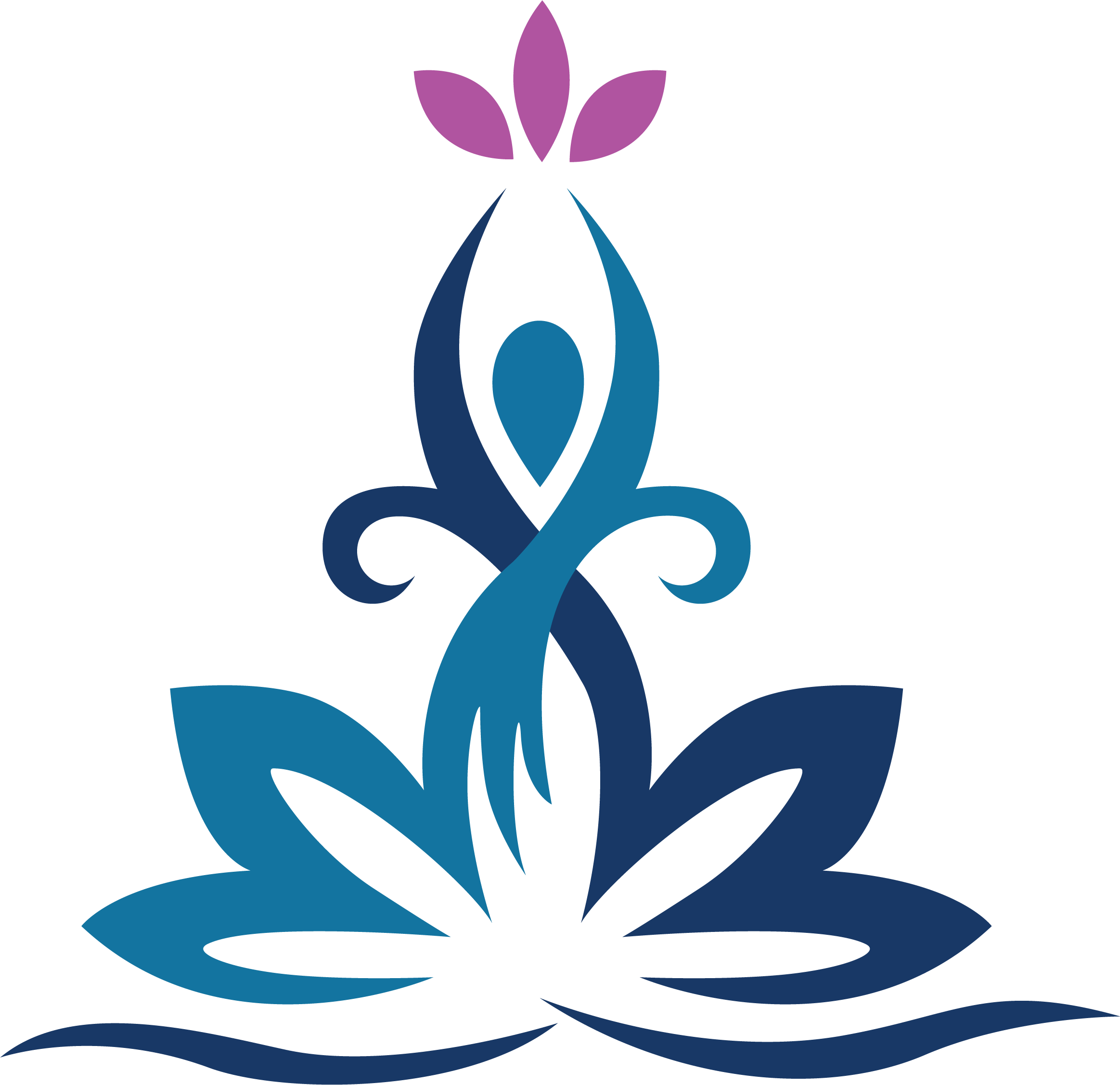I have found that most people tend to be very stiff simply because they have successfully lived to a ripe age, and that a stretching program is a very important adjunct to manual care. If performed by the patient actively, frequently, and correctly, the results will be achieved more quickly and last longer. It can also allow the patient to own the results of the work output- good health. What I am offering here is the distillation of 45 years of practice as a physical therapist of which 35 were as a manual therapist.
OBSERVATIONS AND CONCLUSIONS
- The human body is very much a part of the universe and, as such, also subject to entropy. This means that everything falls apart, eventually. In our case, this means less flexibility and diminished ability to move freely.
- It’s been my observation that most of my patients, despite their diagnosis or where their symptoms lie within their body, have many of the same characteristics:
- Spasms of the core muscles: the psoas and iliacus.
- An oblique pelvis, distributed about 95% of the time as a right pelvis forward iliac rotation. The rest of the time, the pelvis problems are evenly distributed in other various directions.
- A stiff spine, which also causes minimal rib mobility and occasionally, the other way around.
- Tightness of the hip rotators, evenly distributed between turned in and turned out.
- Diminished lower leg rotation, in a ratio of about 10 to 1, tighter into internal rotation.
- Diminished ability to lift the ankle into a toes up position, generally 10 degrees or less. Occasionally, this can be the primary source of back pain.
- Spasms of any of the following muscles: shoulder levators, chest muscles, leg adductors, the muscles behind the knees and calves.
- Weakness of any of the following muscles, 90% of the time: sideways hip lifters, muscles turning the shoulder blade and those dropping it.
- Gait characteristics of bilateral pronation (falling off your ankles to the inside), very frequently with both feet turning out with or without knocked knees and less frequently bowed legs. This last is strongly related to a diminished lower leg bone turning in and decreased ability to move into an ankle up position.
- Fifty percent of people will test positive for the excessive neural tension in the sciatic and/or the ulnar nerves and quite frequently both. Both problems are eminently fixable.
- Headaches can come from numerous sources. Things to look for, from a PT point of view: tenderness and a clicking jaw due to chewing or just opening and closing and severe upper neck spasms, which minimize neck movement.
- It’s been my experience that if these physical characteristics are treated in the above order, most of the patient’s complaints will be diminished considerably and quickly.

